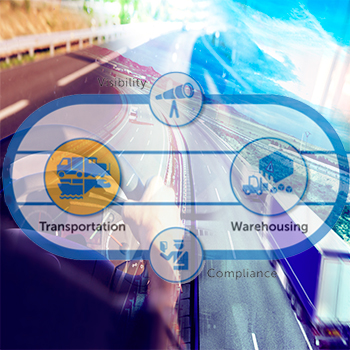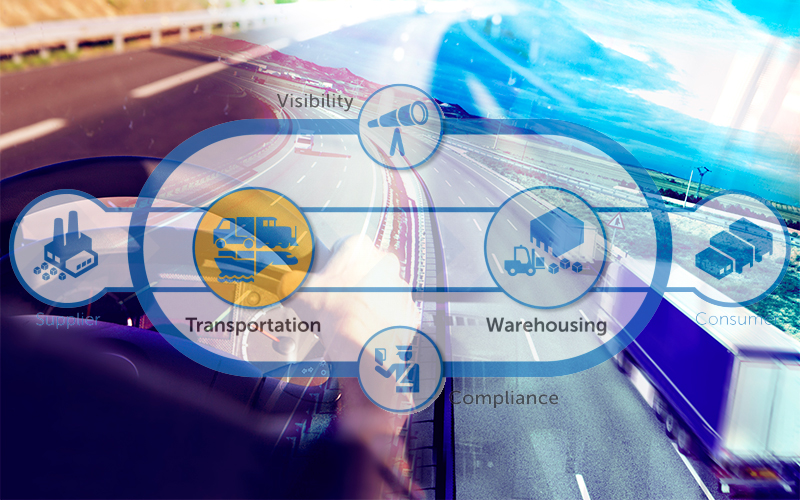As companies grow and expand their geographic footprint by procuring and selling goods around the globe, supply chains naturally become larger and more complex.
As such, a savvy supply chain manager will often look to deploy a transportation management system [TMS] to plan and run the company’s transport operations.
Unfortunately there are some lingering myths about implementing a TMS that have kept many businesses from upgrading outdated legacy systems.
Kewill’s Walt Heil, vice president of multimodal transportation solutions, recently chatted with Talking Logistics’ Adrian Gonzalez about some of the common misperceptions around using a TMS.
If you don’t have time to listen to the on-demand version of the webcast (above), here’s a quick recap.
Myth #1: A Software-as-a-Service [Saas] solution doesn’t add value when it comes to supply chain logistics.
Reality: SaaS is a deployment strategy, not simply a procurement model. If you think about transportation and supply chain networks, the backbone to any successful approach is connectivity and effective trading partner collaboration. With a SaaS solution, the ability to easily connect with partners is inherent within the subscription vehicle and the cost is part of the proposition.
In other words, much of the connectivity is built-in and there are fewer hurdles or unknowns with a SaaS solution compared with traditional software, which requires a huge IT investment to build out that network. Opting for a SaaS model allows users to easily scale and deploy systems globally, which is invaluable, especially during business expansion or an acquisition.
Myth #2: Systems delivered via the Cloud are too costly to implement for mid-size businesses.
Reality: Historically, ROI studies regarding TMS systems have involved large companies that work with enormous volumes and scores of trading partners, making the cost to implement appear high. Truth be told, the total cost of ownership depicted by these studies simply isn’t germane to most businesses, especially mid-size companies.
These organizations don’t have as many partners or customers to consider and the initial configuration is much most straightforward, so the costs of implementing and maintaining a TMS are much lower than what a larger company would incur. In addition, mid-size companies can use a TMS to automate processes they now handle manually, such as load tendering, which can free up staff to pursue value-add activities that can lead to further savings – something that’s rarely considered in an ROI analysis.
Myth #3: If you want to go global with a TMS solution, you have to move everything in-house. Outsourcing is no longer an option.
Reality: This is probably the biggest myth and one of the main reasons companies have been reluctant to undertake a global TMS strategy – and it’s simply not true. Businesses can still use outside vendors with a TMS.
If you are using a third-party provider such as a 3PL, all you need is to have their operational data fed through your TMS, which shouldn’t be a challenge as the supply chain industry becomes increasingly digital. It’s no different than the way shippers connect their TMS with their carriers. You don’t need to take 3PL operations – or any other service provided by an outside vendor – in-house just because your business operates a global TMS. A SaaS-based solution makes it easy to connect to all your trading partners and third-party providers.
The Bottom Line
Running a TMS has become competitive differentiator across virtually every industry, both for the way it can streamline transport operations and for the crucial data analytics and intel it can provide a business. It’s time to throw out all of the outdated myths and misconceptions you may have heard and consider the bigger picture: a TMS is a strategic investment that any shrewd logistics manager will consider in order to thrive and grow in today’s volatile market.
Related: 8 Reasons Every Shipper Needs a Transportation Management System

Article topics
Email Sign Up

















